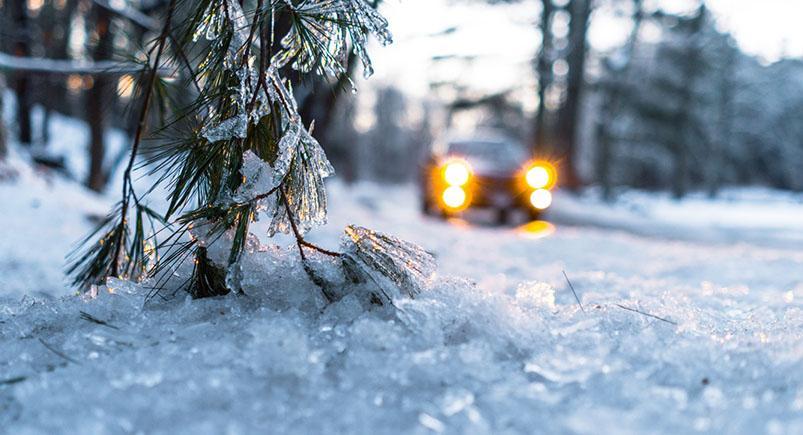
As the temperature drops, everyone’s bills begin to rise. Of course, energy bills go up as many try to avoid the frosty outdoors. But have you noticed an uptick in how much you spend on fuel for your vehicle in winter?
The freezing weather (20 degrees F) can drop a car’s gas mileage by about 12 percent when compared to normal performance at 77 degrees, according to a study done by FuelEconomy. For shorter trips, it can drop as much as 22 percent.
How does the weather affect fuel consumption?
There are multiple reasons fuel economy is reduced in frigid conditions. One reason is that the friction from the icy conditions can make it more difficult for a vehicle’s engine to perform. It’s also more difficult on engines if you work in an area that requires your vehicle to plow through the fluffy white stuff.
Much like how we desperately wait for a vehicle’s heating unit to warm up in the cold, the engine itself requires a warm-up to get to a point where it’s at peak performance. That takes time — and fuel — for the car to get to that point.
But hybrids will be okay, right?
Actually, the same study done by FuelEconomy showed hybrids can have their fuel economy reduced by as much as 34 percent when the weather is below freezing, compared to the vehicle’s normal performance. The main reason hybrids do worse is the computer that monitors fuel economy can see a drop off in performance due to freezing temperatures. Hybrids also suffer from the issues a conventional vehicle faces in the frigid conditions. Basically, the same system that helps your fuel consumption in a hybrid may be its downfall in the cold.
The human factor
There are driving habits that can burn up fuel as well. Turning on a vehicle and waiting half an hour for it to heat up, of course, will burn up fuel. Idling has been proven to have a mileage of zero miles to the gallon.
However, there are some other factors we might not even consider. The more trips a vehicle has to make in a day will take its toll during the winter. Each time a car is shut off and subsequently turned back on it requires energy to do so and that, of course, is gasoline.
Solutions
So what can be done to avoid frequent trips to the pump while the weather outside is frightful?
Plan trips to avoid unnecessary stops. The more you fire up the engine (especially if the engine sits for a while and gets cold), the more precious energy it takes to get the vehicle going. Try to get everything done in one go, if possible, and try to reduce the total distance traveled per trip.
Check the tires. The weather can have a strain on the air in a vehicle’s tires because cold, dense air causes the tire pressure to drop below an efficient level.
Don’t let the pedal hit the metal. The more accelerating drivers do the quicker fuel is burned up. Each time the engine revs up it’s like tossing a few nickels of gas money out the driver-side window.
At Actsoft, we unfortunately can’t control the weather, but we can help you be efficient despite the conditions. We can help monitor driver habits and make sure drivers aren’t needlessly accelerating or breaking hard on the snowy streets. We can make sure the money Jack Frost is trying to take from you stays in your pocket rather than being lost to the icy roads.
Have any questions on how Actsoft can help you?
Share this post:
About the author : Actsoft Team
Actsoft’s team of industry experts have their fingers on the business world’s pulse. It’s our mission to deliver the latest news to keep you and your leaders on top of the latest trends, further helping you to excel and exceed your goals.
















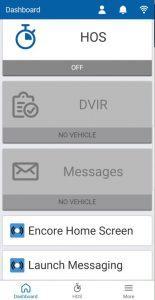
 Encore & Geotab Drive
Encore & Geotab Drive
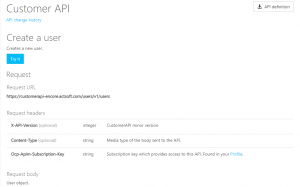
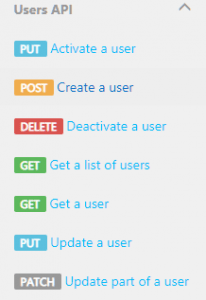
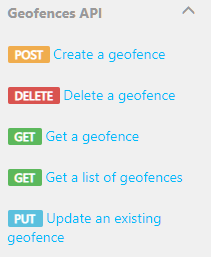
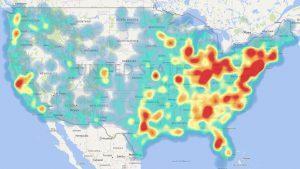
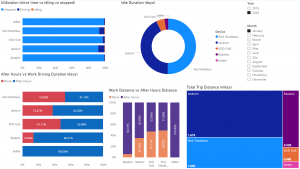
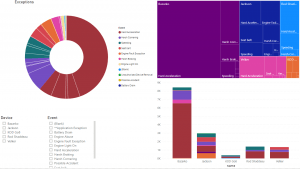
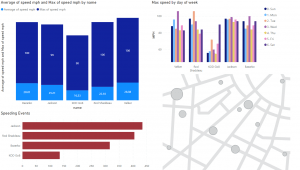
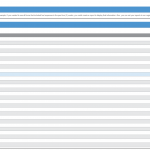
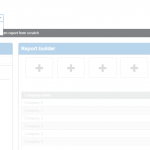
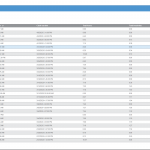
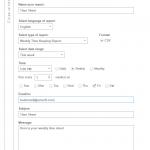


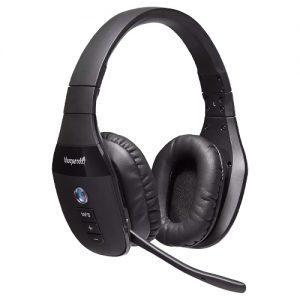
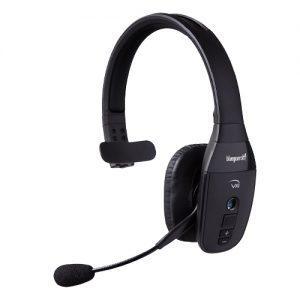
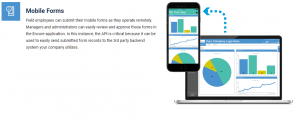
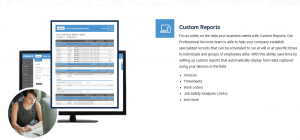
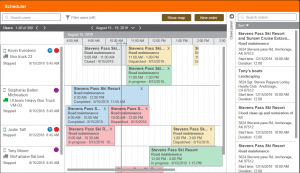
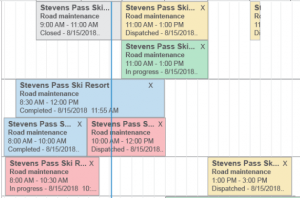
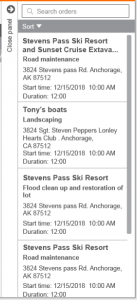
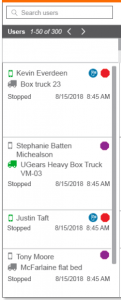
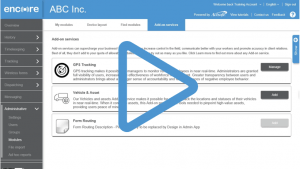
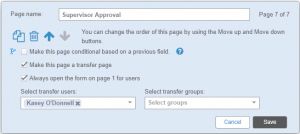
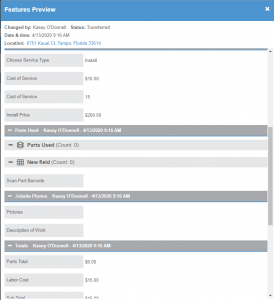
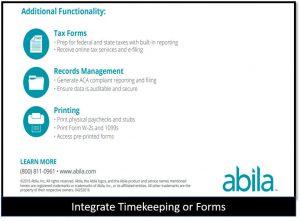
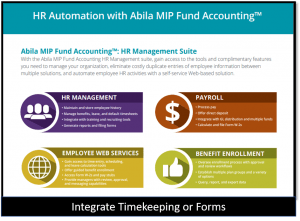

 Gain even greater insight into the daily activities of your fleet using the combination of Geotab and Actsoft. Geotab devices provide detailed data collection and seamless integration with our solutions; learn more about the ways your vehicles are being used daily with the power of this tandem.
Gain even greater insight into the daily activities of your fleet using the combination of Geotab and Actsoft. Geotab devices provide detailed data collection and seamless integration with our solutions; learn more about the ways your vehicles are being used daily with the power of this tandem.



 Actsoft partnered with Odin to provide our solutions overseas, through payment processing integrations. Odin helps us support user management for our software; customers can also purchase our products through Odin’s billing platform.
Actsoft partnered with Odin to provide our solutions overseas, through payment processing integrations. Odin helps us support user management for our software; customers can also purchase our products through Odin’s billing platform.

 VisTracks powers our Electronic Logging Device (ELD) solution, which enables transportation businesses to easily automate their hours of service logs, remain in governmental compliance, and reduce their potential to incur costly fines.
VisTracks powers our Electronic Logging Device (ELD) solution, which enables transportation businesses to easily automate their hours of service logs, remain in governmental compliance, and reduce their potential to incur costly fines. Integration between Actsoft solutions and BeWhere’s software products is available. Take your team’s asset tracking, cellular data connectivity, and field insight a step further with effective, cross-application compatibility.
Integration between Actsoft solutions and BeWhere’s software products is available. Take your team’s asset tracking, cellular data connectivity, and field insight a step further with effective, cross-application compatibility.
 CalAmp tracking devices for vehicles and assets alike are compatible with Actsoft solutions, making it easy for you to efficiently monitor your equipment and fleet cars. Help your team enhance accountability, safety, and savings through a combination of easily installed hardware and intuitive software.
CalAmp tracking devices for vehicles and assets alike are compatible with Actsoft solutions, making it easy for you to efficiently monitor your equipment and fleet cars. Help your team enhance accountability, safety, and savings through a combination of easily installed hardware and intuitive software. Our partnership with Uniden is ideal for companies looking to gain advanced diagnostics on their fleets. Uniden’s extensive product listing of car electronics like radios, dash cams, radar detectors, and in-vehicle communicators work in concert with Actsoft’s solutions to better connect your vehicles to the company headquarters.
Our partnership with Uniden is ideal for companies looking to gain advanced diagnostics on their fleets. Uniden’s extensive product listing of car electronics like radios, dash cams, radar detectors, and in-vehicle communicators work in concert with Actsoft’s solutions to better connect your vehicles to the company headquarters. Kyocera offers a wide range of mobile devices, ranging in design from traditional phones to ultra-durable handset technology. Actsoft is able to equip organizations in a variety of different industries with solutions for improved business, while Kyocera supplies the technology they can flawlessly operate on.
Kyocera offers a wide range of mobile devices, ranging in design from traditional phones to ultra-durable handset technology. Actsoft is able to equip organizations in a variety of different industries with solutions for improved business, while Kyocera supplies the technology they can flawlessly operate on.

 Our software is the perfect complement to Apple’s user-friendly technology. Equip your workforce with the devices and solutions it needs for optimized productivity during daily operations with Apple and Actsoft.
Our software is the perfect complement to Apple’s user-friendly technology. Equip your workforce with the devices and solutions it needs for optimized productivity during daily operations with Apple and Actsoft.
 Actsoft and Sanyo teamed up to merge intuitive business management software with the technology of today. This partnership allows us to provide you with all the tools your team needs for improved workflows, better coordination, and optimized productivity.
Actsoft and Sanyo teamed up to merge intuitive business management software with the technology of today. This partnership allows us to provide you with all the tools your team needs for improved workflows, better coordination, and optimized productivity. Motorola’s mobile technology works in tandem with our solutions to provide extra versatility to your business practices. Coupled with our software’s features, Motorola’s reliable devices make connecting your workforce simpler than ever to do.
Motorola’s mobile technology works in tandem with our solutions to provide extra versatility to your business practices. Coupled with our software’s features, Motorola’s reliable devices make connecting your workforce simpler than ever to do. We’re able to bundle certain solutions of ours (including our Electronic Visit Verification options) with Samsung devices to help your team achieve as much functionality as possible, while keeping rates affordable. Use these combinations for accurate recordkeeping, improved communication, and smarter data collection in the field.
We’re able to bundle certain solutions of ours (including our Electronic Visit Verification options) with Samsung devices to help your team achieve as much functionality as possible, while keeping rates affordable. Use these combinations for accurate recordkeeping, improved communication, and smarter data collection in the field.